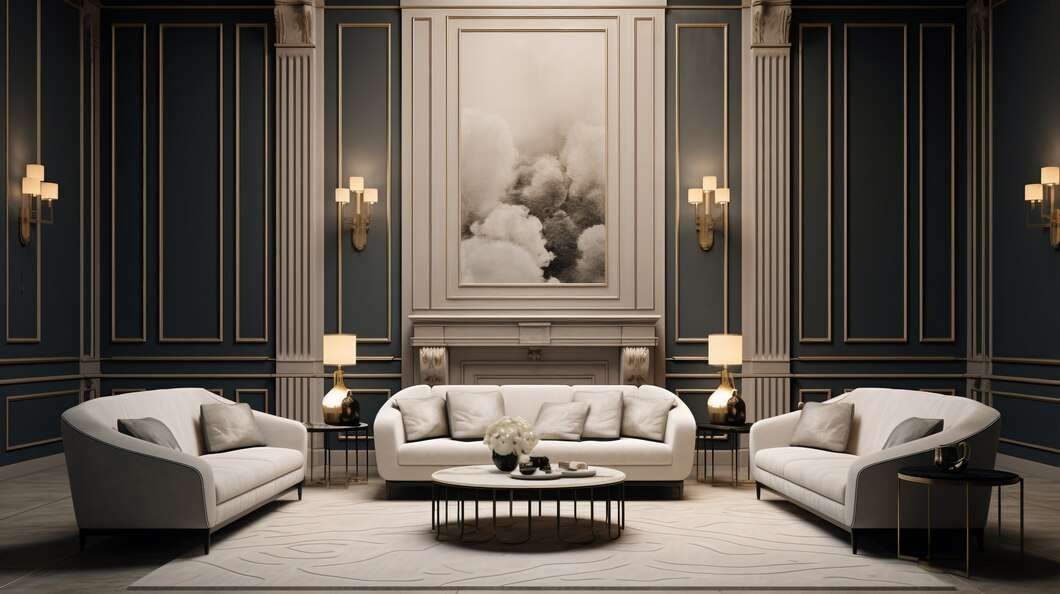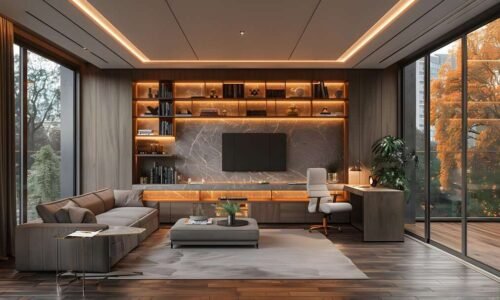Wainscoting is a stylish way to add character and depth to any room. It involves covering the bottom half of a wall with decorative panels, usually made from wood, that can range in design from traditional to modern.
Originally used for practical purposes, such as protecting walls from damage, wainscoting has now become a popular interior design element. In this article, we will explore 10 creative wainscoting ideas that can transform any room into a stunning and unique space.
How is it used?
Wainscoting panels are typically used in foyers, hallways, living rooms, and dining rooms. However, it can also be incorporated into bedrooms, bathrooms, and even kitchens to add visual interest. It can be installed at any height on the wall, depending on personal preference and the room’s design. Wainscoting is a versatile decorating technique that can complement various styles of decor.
Traditional Raised Panel Wainscoting
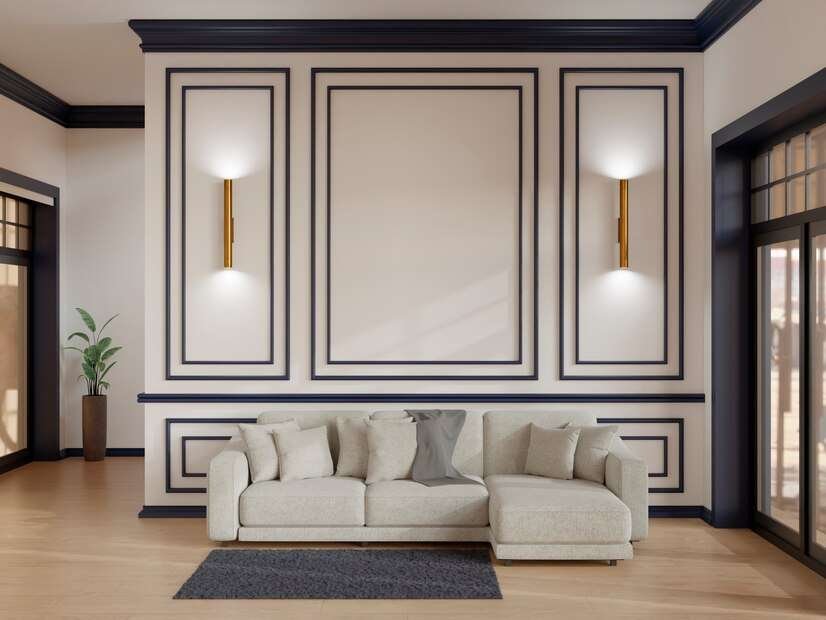
This classic style of wainscoting features raised rectangular or square panels framed by vertical stiles and horizontal rails. These panels are typically placed between baseboards and a chair rail, creating a sense of elegance and sophistication. This type of wainscoting works well in formal dining rooms, living rooms, and entryways.
Shiplap Wainscoting
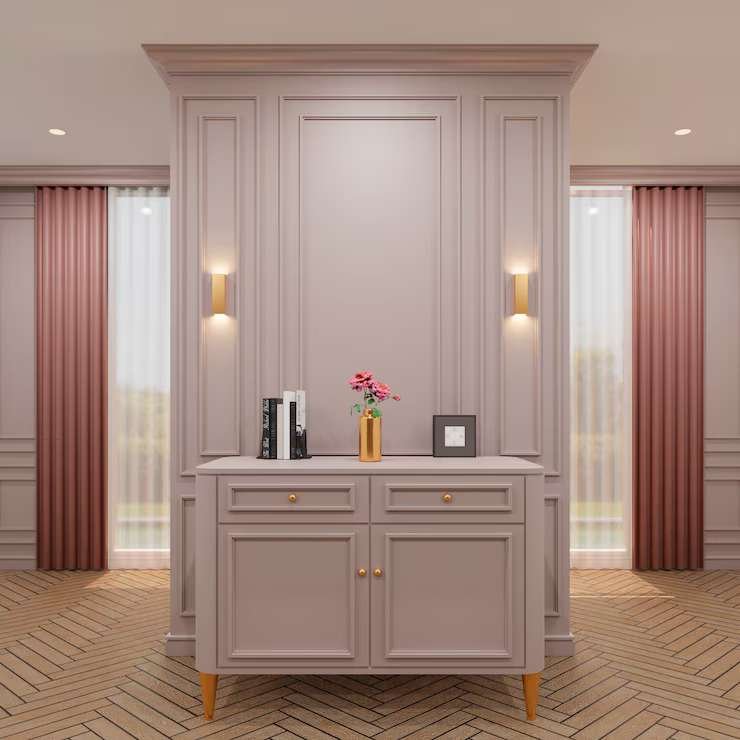
Made famous by the popular home renovation show “Fixer Upper”, shiplap is a type of wainscoting that features overlapping horizontal wooden boards. It gives off a rustic and charming vibe and can add texture to any room. Shiplap wainscoting looks great in farmhouse-style kitchens, bathrooms, or bedrooms.
Beadboard Wainscoting
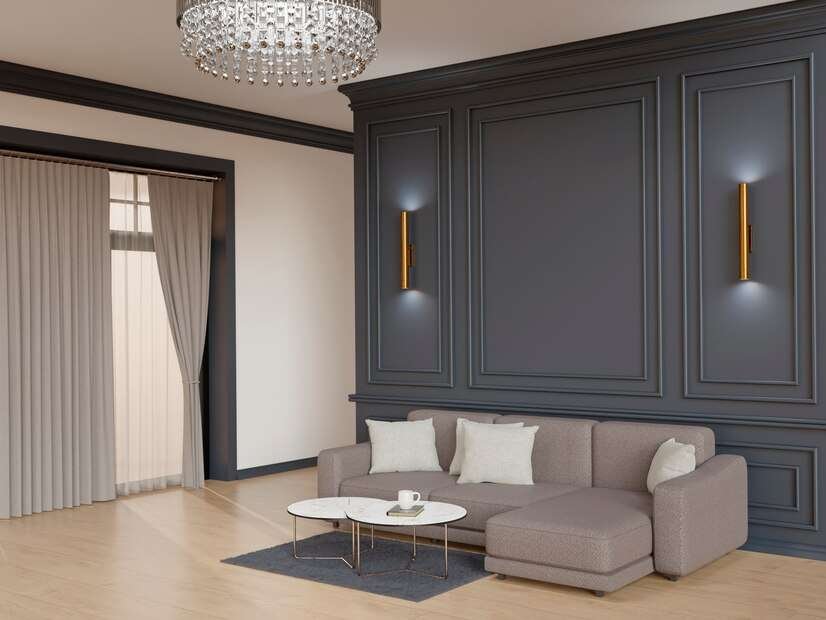
Beadboard wainscoting consists of vertical planks with concave grooves called beads. It adds a touch of cottage or coastal charm to any room and is perfect for creating a cozy atmosphere. Beadboard wainscoting can be used in bathrooms, bedrooms, and even mudrooms.
Board and Batten Wainscoting
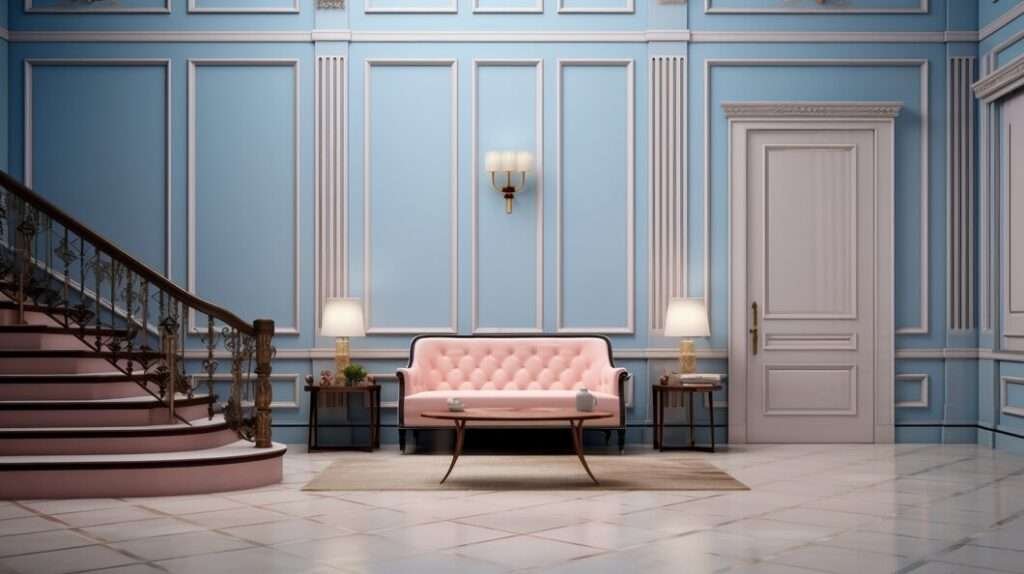
Board and batten wainscoting is a combination of vertical boards (the “battens”) with horizontal trim pieces (the “boards”). This type of wainscoting has a more modern feel, making it suitable for contemporary homes. It can also add visual interest to plain walls in hallways, home offices, or even dining rooms.
Stenciled Wainscoting
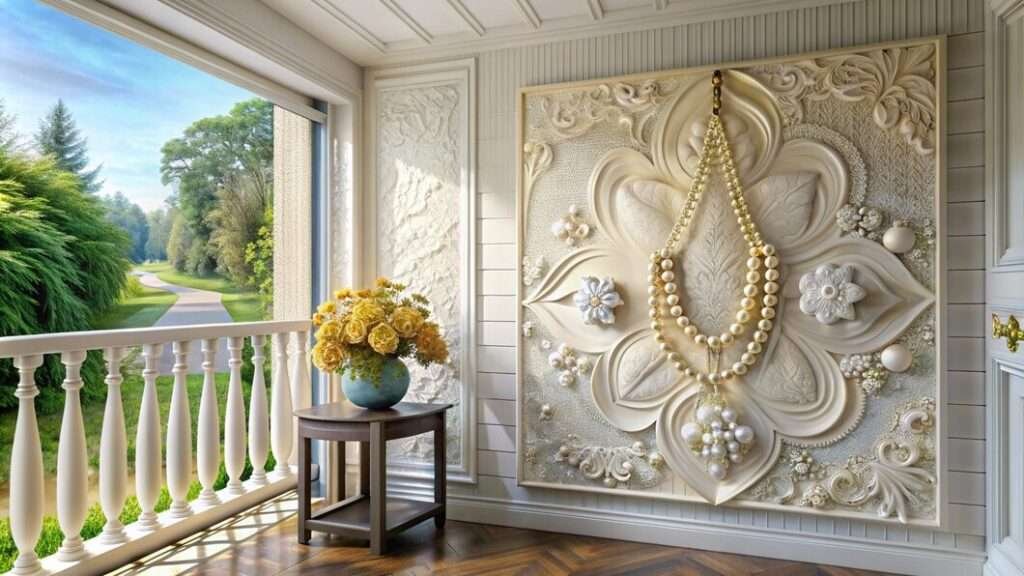
For an added touch of creativity, consider stenciled wainscoting. By using stencils and paint, you can create a unique design on your wainscoting panels. This allows you to add a personal touch to your home decor and make a statement in any room. Stenciled wainscoting works well in bedrooms, bathrooms, or even nursery rooms.
Faux Wainscoting

If you want the look of traditional wainscoting without the cost or commitment of installing it, consider faux wainscoting. Using trim pieces and paint, you can create the illusion of raised panel or board and batten wainscoting on plain walls. This is a great option for renters or those looking for a temporary design solution in their home.
Wallpapered Wainscoting
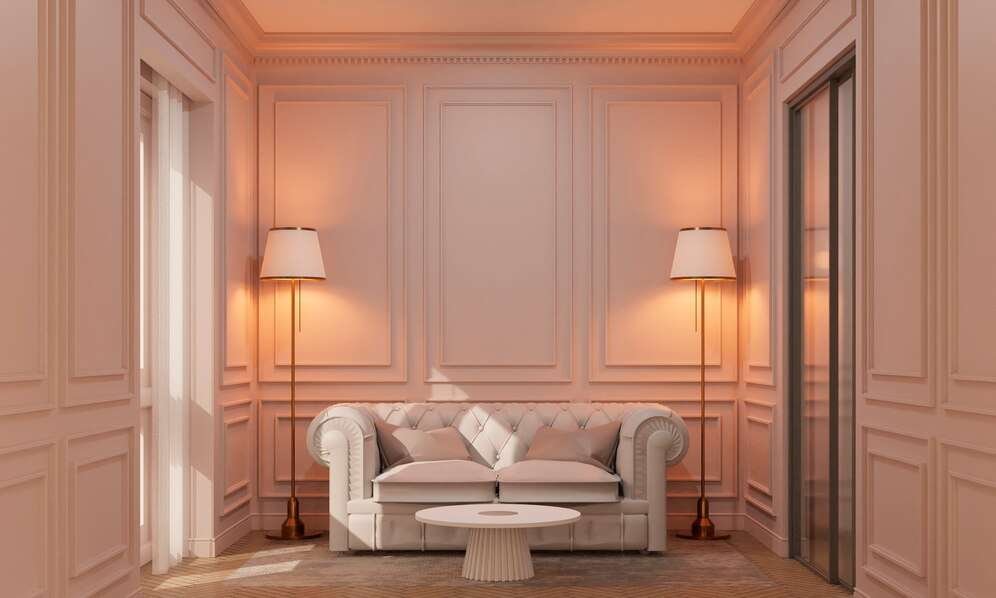
For a bold and unique look, consider wallpapering your wainscoting. By using patterned wallpaper on the panels, you can add texture and visual interest to any room. This is a great option for those who want to add dimension to their walls without the permanence of paint or real wood paneling.
Picture Frame Molding Wainscoting
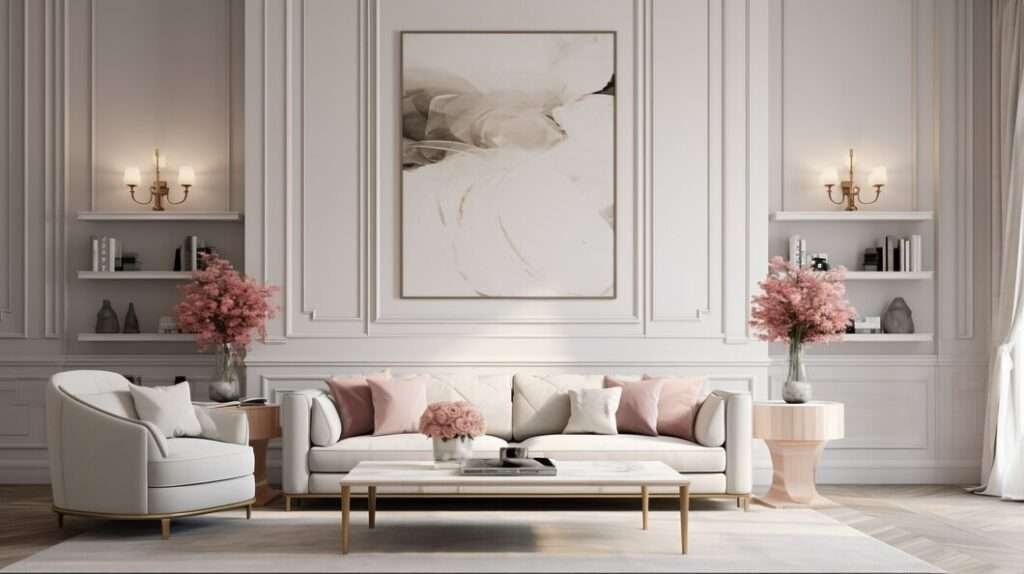
Picture frame molding wainscoting is created by placing thin pieces of trim in a rectangular or square pattern on the wall. This type of wainscoting adds architectural detail and can make a room feel more formal and polished. It works well in dining rooms, home offices, and even bedrooms.
Mirrored Wainscoting
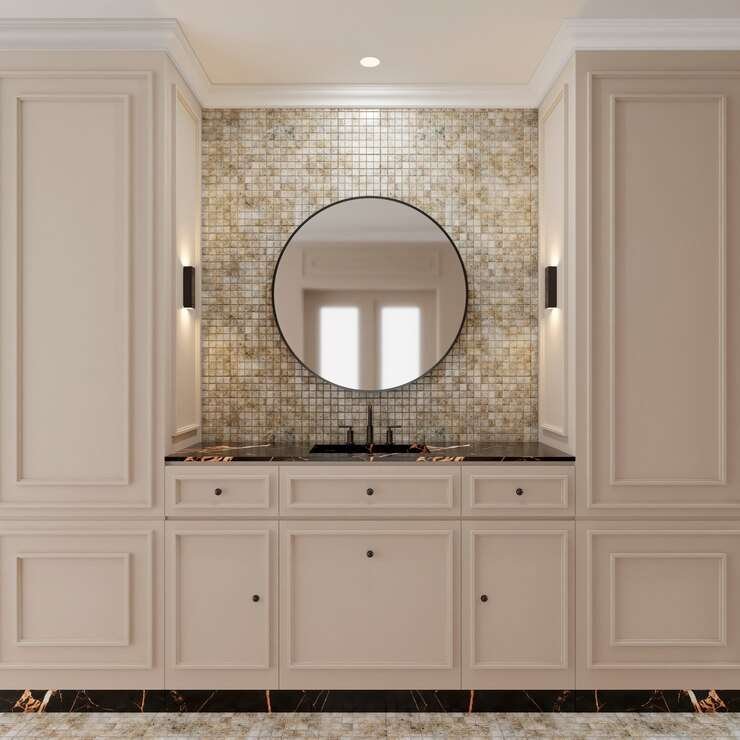
For a touch of glamour and luxury, consider using mirrored panels for your wainscoting. This type of wainscoting reflects light and creates the illusion of more space in a room. It works well in small spaces such as bathrooms or entryways.
Colorful Wainscoting
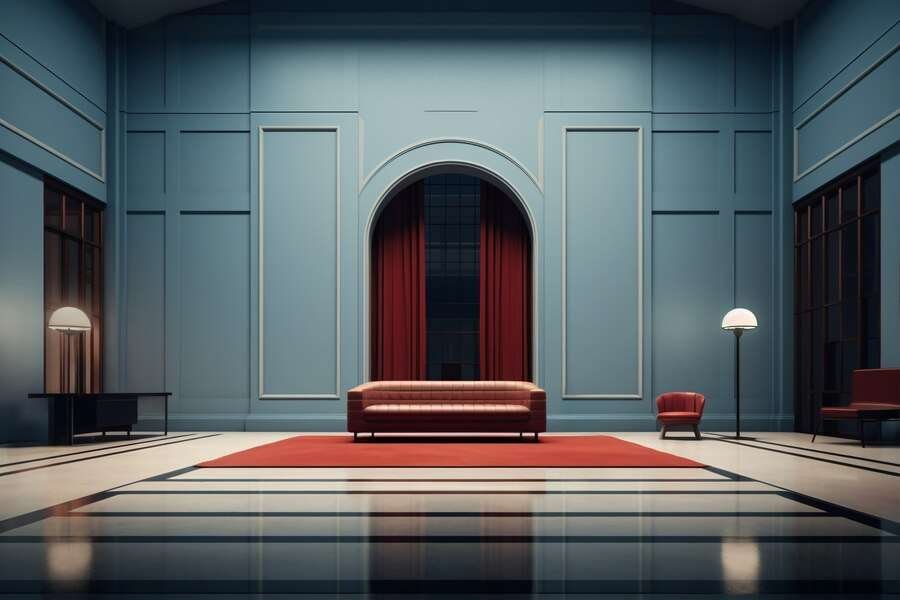
Who says wainscoting has to be white? Adding a pop of color to your wainscoting can make a statement and add personality to any room. Consider painting your panels a bold hue or using colorful wallpaper on them for a fun and unique look.
Can Wainscoting Be Installed in Any Room?
Yes, wainscoting can be installed in any room of the house. It is a versatile decorating technique that works well in various spaces such as living rooms, bedrooms, bathrooms, and even kitchens.
However, it is important to consider the function and style of the room when choosing the type of wainscoting to use. For example, a more formal style like traditional raised panel wainscoting may work better in a dining room or living room, while a more casual option like shiplap would be suitable for a farmhouse-style kitchen.
How to Choose the Right Wainscoting for Your Space?
When deciding on the type of wainscoting to use in your space, there are a few factors to consider:
- Room function: As mentioned before, the function of the room should be taken into consideration when choosing wainscoting. A more formal space may call for elegant raised panel wainscoting, while a casual space could benefit from a more relaxed option like beadboard or shiplap.
- Room style: It’s important to choose wainscoting that complements the overall style of your room. For example, if you have a coastal-themed bedroom, beadboard or shiplap would work well.
- Budget: The cost of wainscoting varies depending on the type and materials used. Make sure to set a budget and choose an option that fits within it.
- Installation: Some types of wainscoting, like traditional raised panels, may require professional installation. Consider your DIY skills and budget for installation when choosing the type of wainscoting to use.
- Personal preference: Ultimately, the decision of which wainscoting to use in your space comes down to personal preference. Choose an option that you love and reflects your unique style and personality.
What Tools Are Needed for Wainscoting Installation?
The tools needed for wainscoting installation may vary depending on the type of wainscoting being installed and personal preferences. However, some common tools that may be needed include:
- Measuring tape
- Level
- Saw (hand or power)
- Nails or screws
- Hammer or drill
- Caulk gun
- Adhesive (optional)
- Paint and paintbrush/roller (if painting the wainscoting)
It’s important to always follow safety precautions when using power tools and to have proper ventilation when working with adhesives and paints. Overall, installing wainscoting can be a fun DIY project, but it’s best to consult a professional for more complex installations.
Conclusion
Wainscoting is a versatile design element that can be customized to fit any room and style. From traditional raised panel wainscoting to colorful patterns, there are endless possibilities for incorporating this feature into your home decor. Whether you want to add texture, elegance, or a personal touch, wainscoting is sure to elevate the overall look of any room. So go ahead and get creative with these 10 wainscoting ideas! Remember, the key is to have fun and make your space truly unique. Happy decorating!

